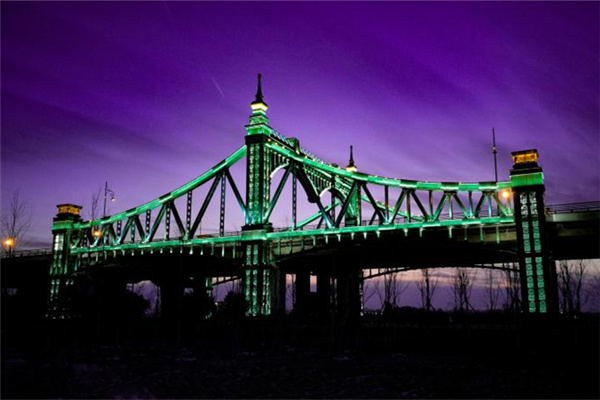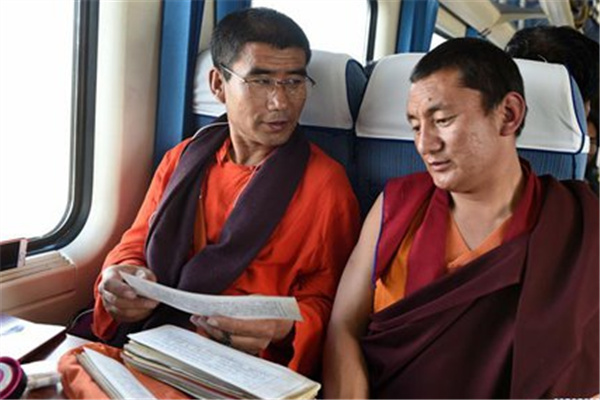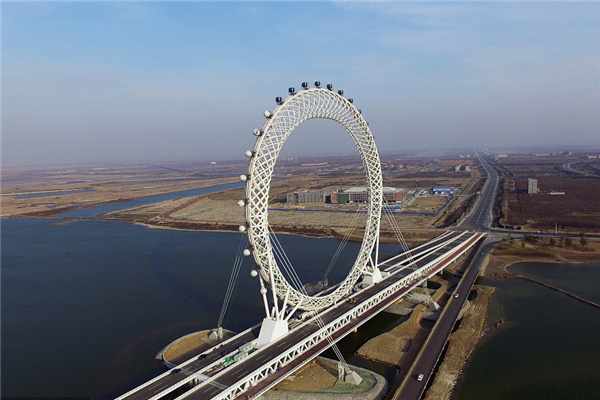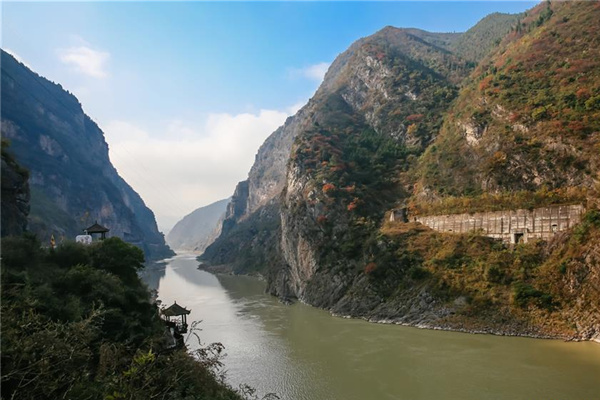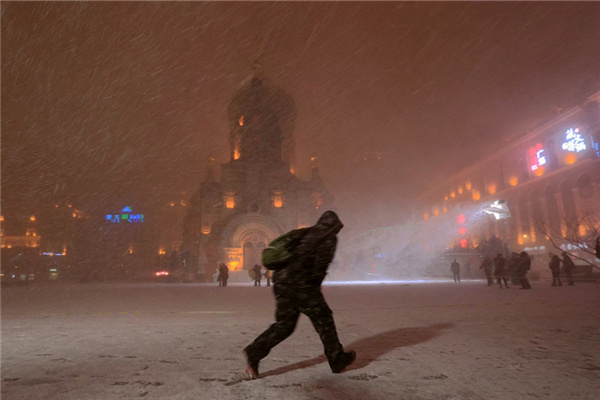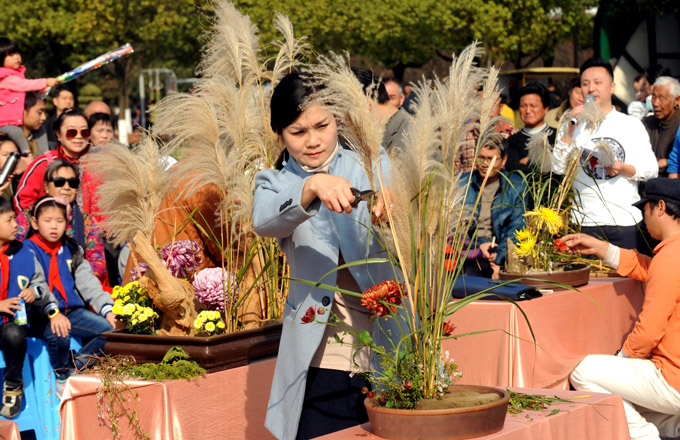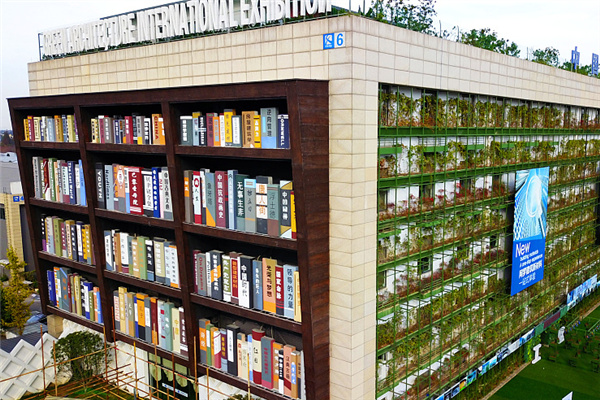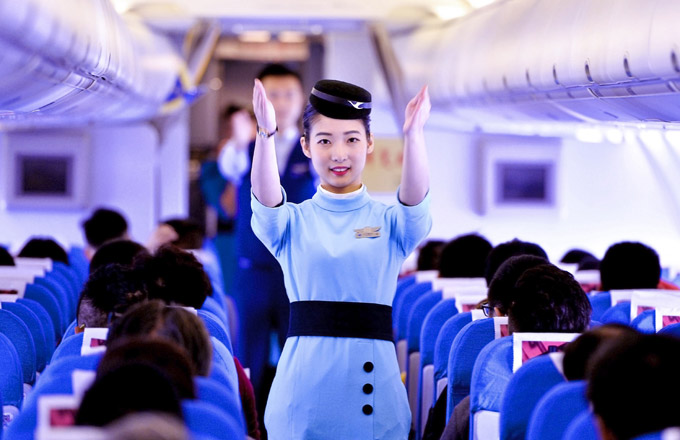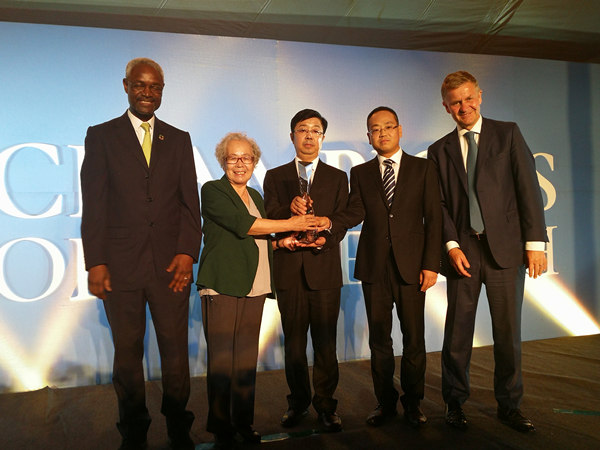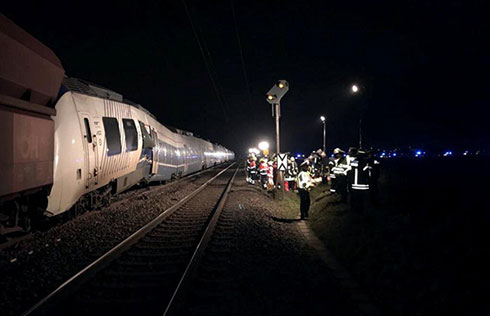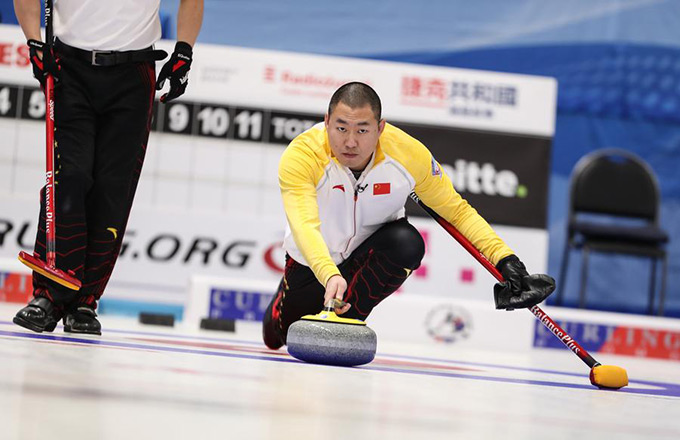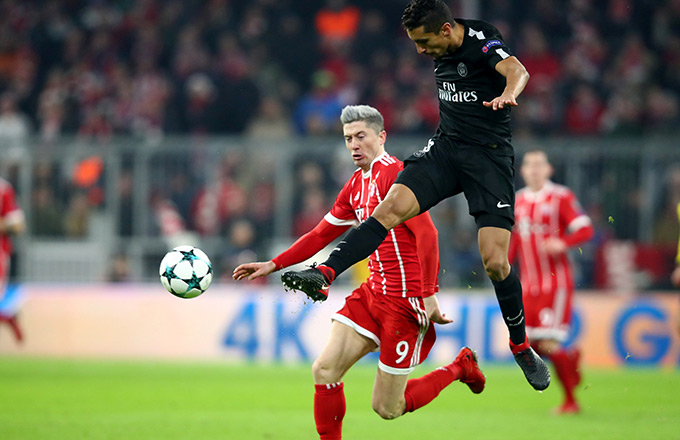

No big parties, no shining stars.
With a low-profiled marketing approach, cosmetic giant Estee Lauder Companies chose to recently hold a tasteful, glitz-free appreciation dinner for local partners to mark its six th anniversary in China.
The US firm's eight brands have become a force in China within those six years, with the market share standing between 25 to 30 percent in the high end cosmetic sector. That's compared to a market share between 18 to 40 percent in other Asian markets and Fabrice Weber, president of Estee Lauder Companies Asia Pacific, expresses his satisfaction and hopes for the future. "The market here is contributing to the Asian average, but it is still far from the biggest share," says Weber
Weber says that Estee Lauder is growing 20 to 30 percent faster than the overall market, which stands at 28 to 35 percent annually. "In three years' time the sales in the mainland market will overtake South Korea, and in five years' time it will surpass Japan, becoming the largest single market in the region for us."
In the prestige beauty world, Estee Lauder is the largest by far in North America, with its 27 brands. China, the third largest luxury market, has given the firm confidence to maintain its leadership.
To achieve the target, in 18 months, Estee Lauder will launch two to three new skincare brands in China, Weber says while declining to name them.
According to the company's figures, skincare products take the biggest market share in the local top end cosmetics market. It is usual for treatment products to lead the market in emerging markets, since people normally first go for performance, quality and assurance, Weber says.
Its core brands Estee Lauder and Clinique have performed successfully with its skincare products, and top-end brand La Mer, which was launched in the market four years ago, also has increased its market share.
For makeup, consumers usually start with mass-market products, to play with, or for many color choices. But with experience, customers seek additional service, expertise and quality. Weber cites its brands Bobbi Brown and M.A.C as examples.
"Makeup is an object that women take out of their handbag on frequent basis every day. There is social element showing that 'I use an international makeup brand instead of a regional or domestic brand'. That's when makeup catches up quickly," Weber explains.
The fragrance sector is still small, although the product ultimately by Asian standards is nice, and Chinese want to smell good without irritating those close by.
"In North Asia, culturally speaking, customers do not want to invade their neighbors with the smell, even it is a great smell," he says.
The company so far has three fragrance brands for the China market: Aramis, Tommy Hilfiger and DKNY.
By the middle of April, the company has 78 counters for Estee Lauder, 67 for Clinique, for La Mer, 10 for Mac and 11 for Bobbi Brown. It has 1,200 beauty advisers.
To grow such a sales force, talent, especially quality talent is crucial. "In China, we were early in the game to realize the importance of developing local staff at the right level and at the right pace," Weber says.
"We are by far investing the most in educating our employees in the Chinese mainland, compared with other markets. The investment here is three to five times more than any other country in Asia," Weber continues. Since prestige cosmetics were new to the mainland, the talent was scarce.
The local Estee Lauder executive academy is a good example. Local employees have to go through six
phases to complete their 12 to 24 months' training, while in other markets, the training is shorter and simpler. The Chinese mainland initiatives prove to be a success, and now markets like New Zealand, Singapore and Taiwan are picking up the same practice.
Like many companies in the luxury sector, retaining staff is a challenge for Estee Lauder. China is a land full of opportunities for young people, but the company has developed high staff loyalty. "We make them understand we are building them up and grooming them," Weber says.
Though it's a US firm, Estee Lauder believes it is as knowledgeable about Asian skincare needs as any of its Japanese or South Korean rivals. "It (Asian brands understand Asian needs better) is an old clich in the industry to give more credibility and legitimacy to local or regional brand, and there is some truth in the consumer perception. But Estee Lauder started selling products in Asia way earlier than many brands here. There is no secret in the skin of the woman today for anybody."
In 2005, the company established a research center in Shanghai. The 857 sq-m center, called Innovation Institute, has four laboratories for biology research, treatments, make-up and packaging testing. Part of its function will be to assess safety and efficiency through clinical studies with research laboratories and hospitals and study the skin's response to environmental stress.
Together with the other lab in Japan, the R&D facility has been contributing largely to the company. For example, many Estee Lauder whitening and clarifying products are only for the Chinese market. "They are developed by Asian labs, with the Asian marketing expertise and Asian consumers are using them," Weber says.
(China Daily 05/19/2008 page7)
